Gallipoli: Key Moments
Landings, August Offensive and the Evacuation
A series of guides explaining, analysing and contextualising different aspects of the Gallipoli campaign.
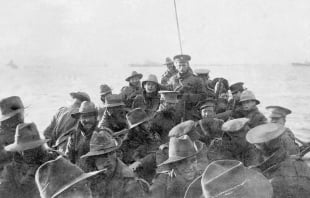
Landings, August Offensive and the Evacuation
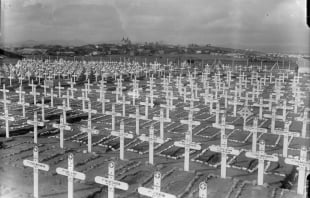
The death toll at Gallipoli was enormous. This guide details how such large numbers of dead were dealt with, and how they came to be formally memorialised at

Written by Liam O’Callaghan of Liverpool Hope University, this guide explains the relationship between Irish rugby and the ‘Pals’ that fought
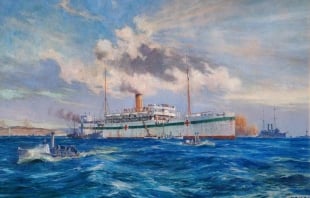
Men were wounded on a daily basis throughout the campaign and thousands fell ill. This guide outlines the ways men were treated and how they were evacuated away
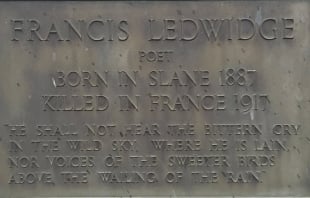
Although Ledwidge became famous for his poetry after his death in World War One in 1917, his experience of fighting in Gallipoli (and later in Salonika) had a
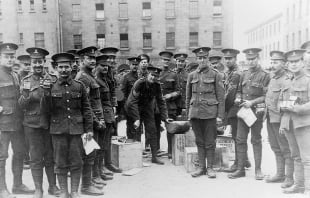
This guide outlines the main Irish Regiments that would fight at Gallipoli and their history.
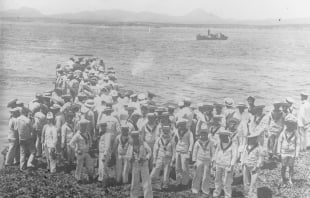
This guide explains why the Dardanelles were initially believed to be so important for the allies, and outlines the overall shape of the campaign.
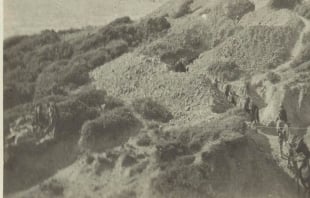
At Gallipoli a group of Jews were active in the campaign on the allied side, and were led by an Irishman, John Henry Patterson.
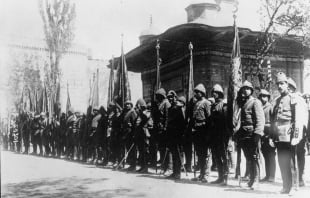
The eventual victors in the campaign, this guide explains the Turkish campaign and assess the long term impact on the Turkish nation.
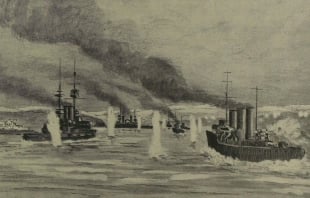
Prior to the start of the land campaign, the attack on Gallipoli was initially conceived as primarily a naval battle.
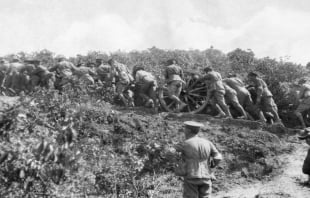
Four Irish men won the ultimate medal for valour at Gallipoli, and this guide explains how.
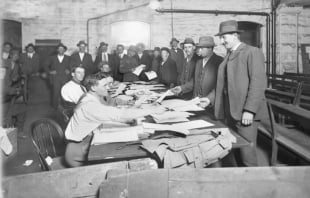
Many Irishmen were resident in Australia when war broke out and served at Gallipoli in the Australian rather than British armed forces.
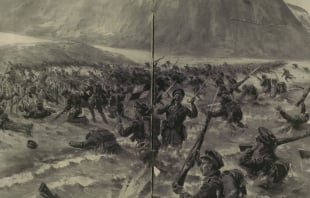
Men sadly died from many different causes at Gallipoli as this guide outlines.
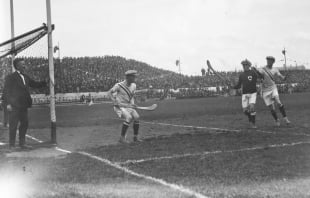
The GAA’s home at Croke Park contains the famous open terrace of Hill 16. This guide, written by Paul Rouse of UCD, explains how the Hill was originally
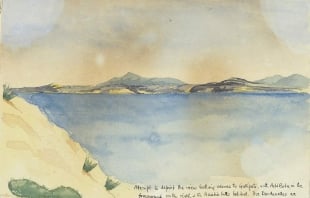
The fighting at Gallipoli has been recalled in popular culture ever since. This guide explains how memories of the battles have been produced in films,
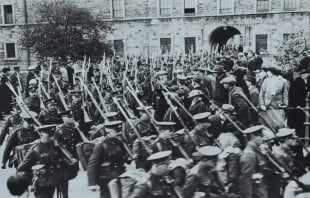
This guide, written by Fionnuala Walsh of Trinity College, explores what life was like for those living in Ireland at the time of the fighting.
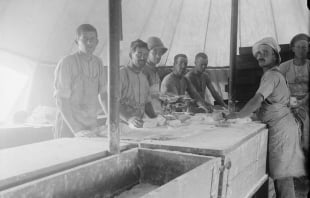
For the men of Gallipoli there were breaks in the fighting, and this guide explores what the men did during their spare time.